The BPM of your song is essentially its heartbeat, driving the pace and energy that defines the overall feel of your music.
It tells you exactly how fast or slow the song should be played 一 influencing the mood, vibe, and intensity.
Understanding how to measure and adjust BPM is key for producers, musicians, and composers because it directly impacts the structure and flow.
That’s why we’re breaking it all down today, like:
- What is BPM in music ✓
- Understanding what a tempo marking is ✓
- Interpreting tempos in sheet music ✓
- BPM (beats per minute) in different genres ✓
- Using a metronome ✓
- The best digital tools & software in the music business ✓
- Understanding time signatures ✓
- Professional tips for working with BPM ✓
- Common BPM ranges and their effects ✓
- Much more ✓
After this detailed article, you’ll be able to answer the question, ‘what is BPM in music’ once and for all.
This way, you can confidently create tracks with the perfect tempo range and throw in different elements to switch things up.
Plus, you’ll be able to experiment creatively with BPM and push the boundaries of your music production skills in the process.
So, let’s dive in…
Table of Contents
What is BPM in Music? Breaking it Down
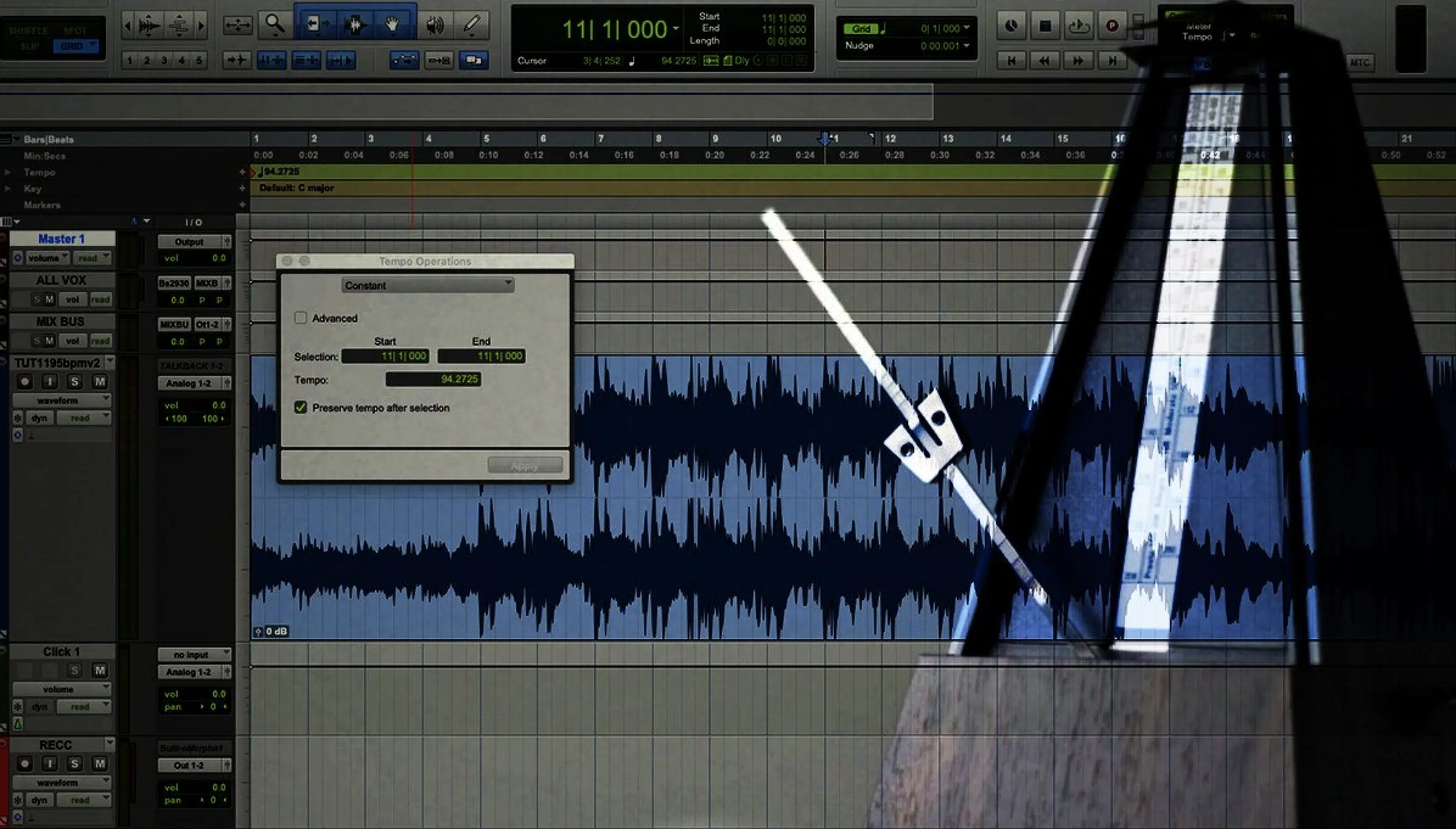
BPM stands for Beats Per Minute and is a fundamental concept in music that measures the tempo (speed) of any piece of music.
It indicates how many beats occur in one minute 一 providing a clear metric for musicians and producers to achieve consistency and precision.
Understanding BPM in music is essential for maintaining the desired tempo of a song in any genre, from electronic dance music to classical music and everything in between.
Knowing the BPM of a song will help you create the intended mood and energy for each unique song you create.
For example, a song with a BPM of 120 feels upbeat and lively, which is super common in electronic dance music.
On the other hand, a slower tempo, like 60 BPM, creates a more relaxed and introspective vibe often found in ballads or ambient music.
Adjusting the BPM of a song can significantly alter the feel of a track 一 making it essential for achieving the right musical expression every time.
Don’t worry, we’ll break down everything so you can really grasp the essentials.
Tempo Markings and Their Meanings
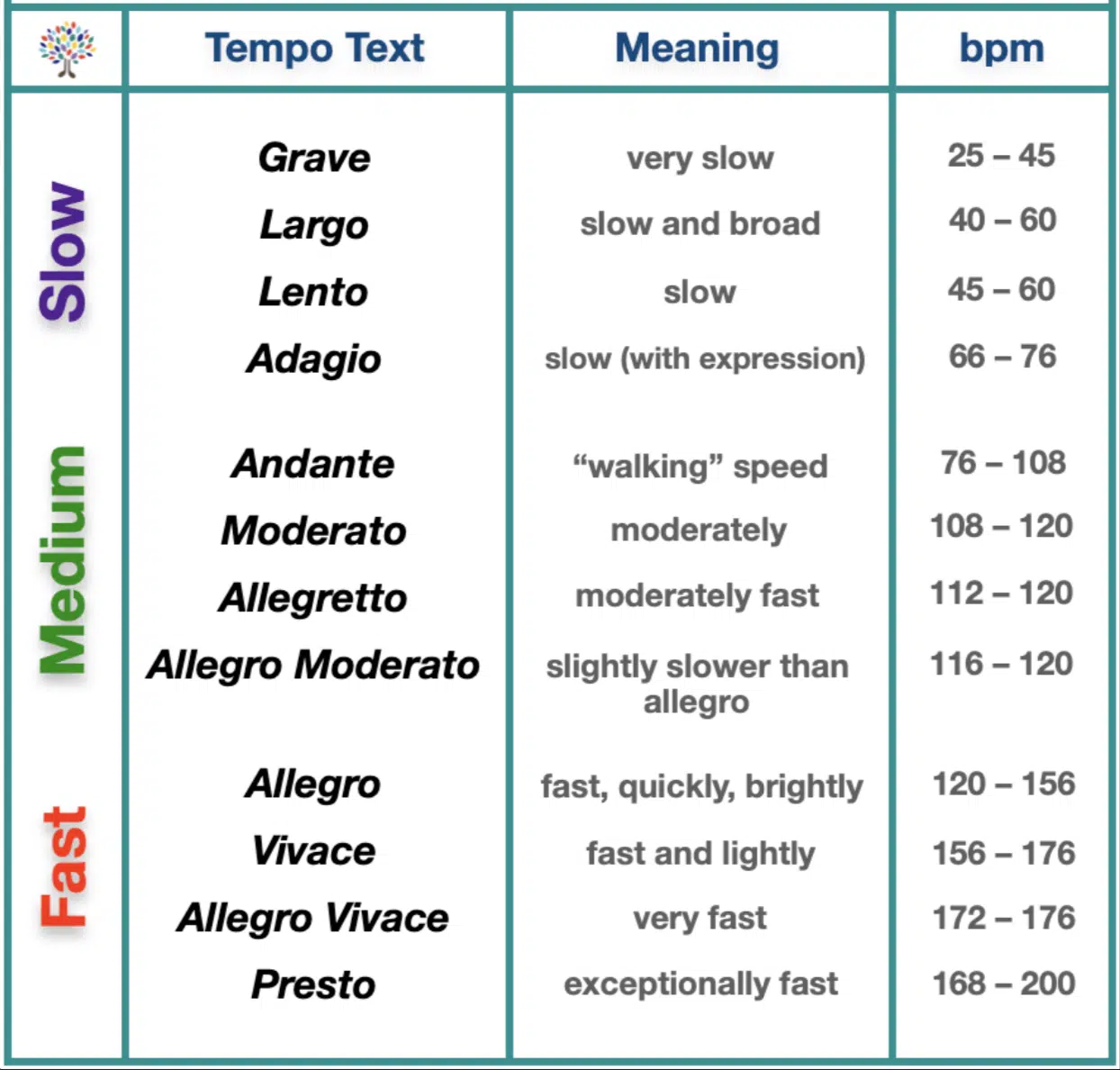
Tempo markings are used in sheet music to indicate the desired speed at which a piece should be played, each one represented by an Italian word.
Common tempo markings include:
- Adagio 一 Slow tempo, at 66-76 BPM.
- Andante 一 Walking pace, at 76-108 BPM.
- Allegro 一 Faster tempo, at 120-168 BPM.
- Presto 一 Extremely fast, at 168-200 BPM.
These tempo markings determine how fast or slow to play, so the desired tempo is kept throughout the entire song.
Adagio, meaning ‘slowly’, sets a slow tempo of around 66-76 BPM that’s perfect for creating a more calm and reflective mood.
Andante, translating to ‘walking pace’, ranges from 76-108 BPM and is used for moderately paced music, providing a steady, flowing feel.
Allegro, meaning ‘fast’, ranges from 120-168 BPM and is super common in hyped-up, energetic songs.
Presto, which means ‘very fast’, sets the tempo at 168-200 BPM and is ideal for creating a sense of urgency and excitement.
Tempo markings guide musicians through the varying speeds within a composition 一 contributing to the overall dynamics and expression.
In addition to these common markings, there are others like the Moderato tempo marking (moderate tempo, at 108-120 BPM) and Largo tempo marking (extremely slow, at 40-60 BPM).
They’re more intricate and help set the perfect pace for different song sections.
For example, a transition from Largo to Allegro can create a dramatic shift in mood and intensity, enhancing the overall musical narrative.
-
Pro Tip: Interpreting Tempo Markings in Sheet Music
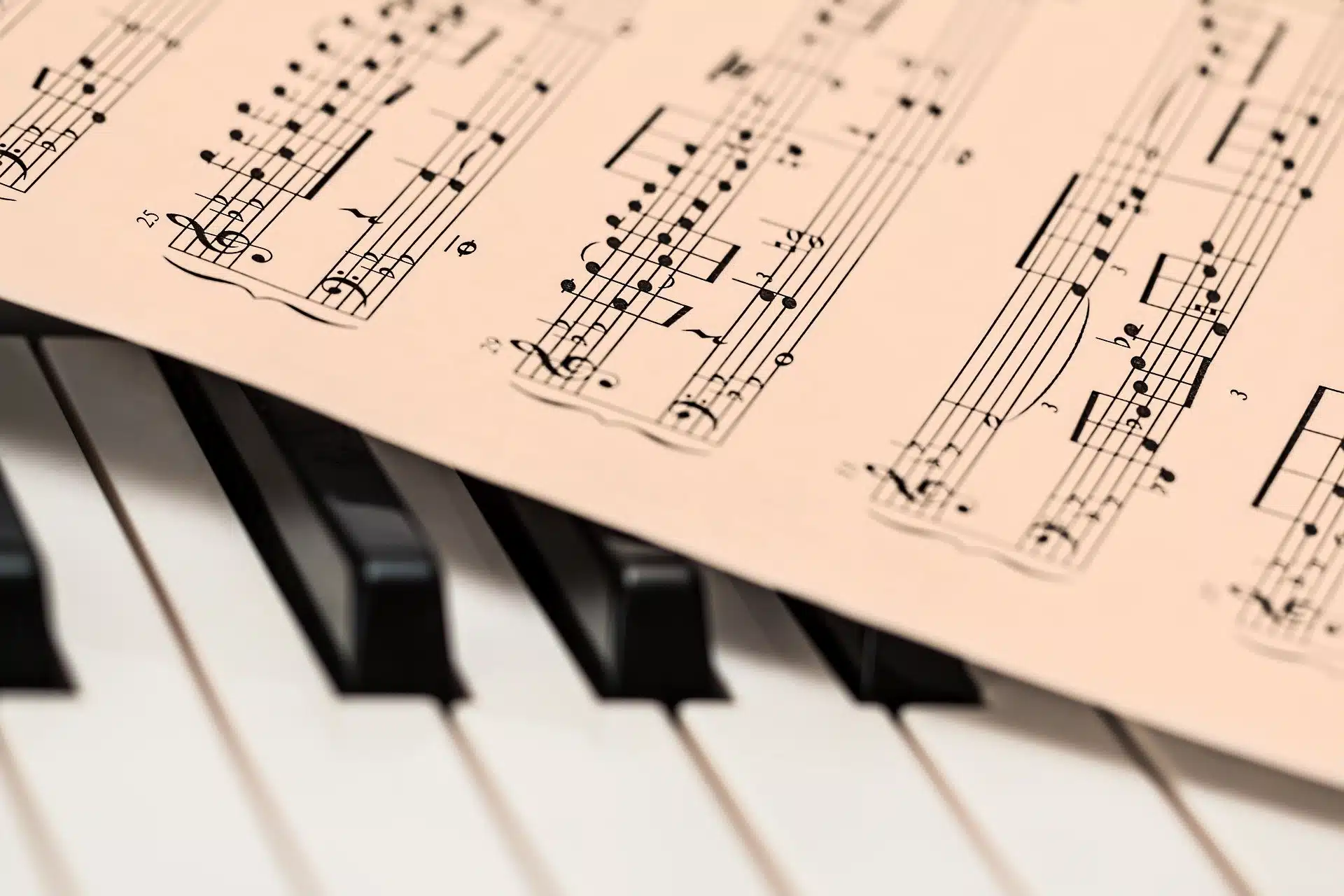
When interpreting tempo markings in sheet music, it’s essential to consider the context and style of the unique piece.
For instance, in classical music, the interpretation of Allegro might differ slightly from its use in modern genres.
Understanding the historical and stylistic context can help in achieving a more accurate performance, so make sure to pay close attention.
Just remember that sheet music provides these tempo indications to ensure consistency and authenticity in musical expression.
BPM in Different Music Genres
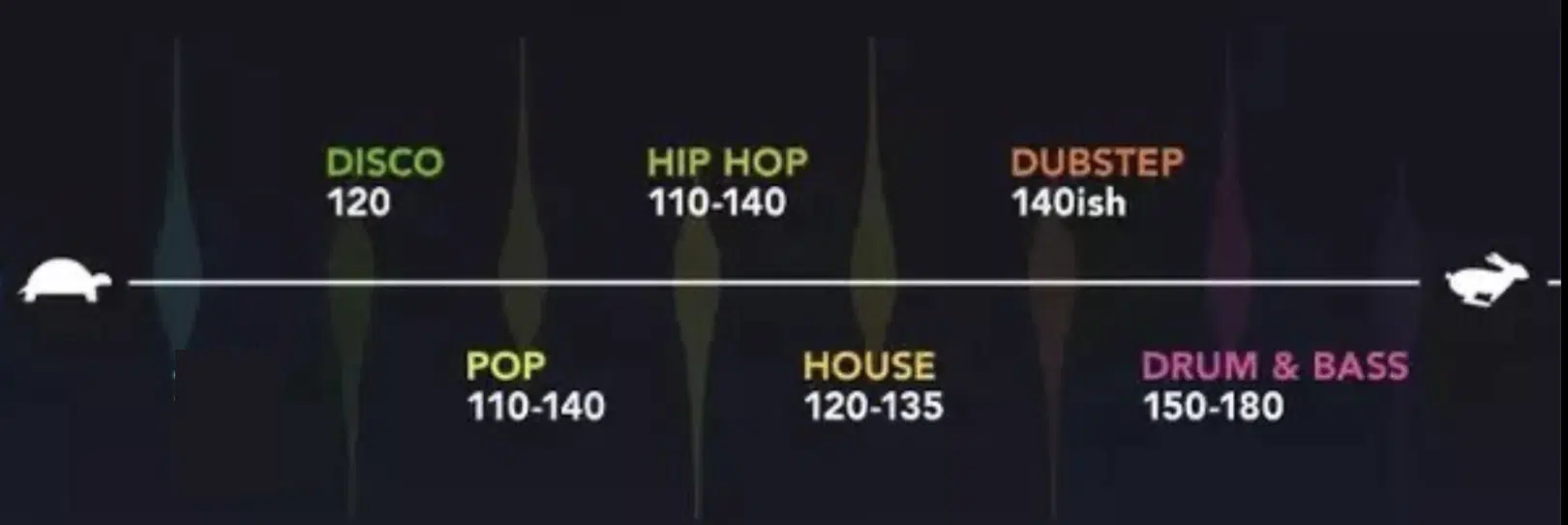
Different music genres have characteristic BPM ranges that define their unique styles and signature vibes.
For example, electronic music typically ranges from 120 to 130 BPM (the most popular tempo right now, actually) to create an energetic and danceable vibe.
Hip-hop, on the other hand, often falls between 85 to 100 beats per minute (BPM) 一 giving it a more laid-back and rhythmic feel.
Understanding these genre-specific BPM ranges helps producers and musicians like yourself create music that fits within the expected stylistic boundaries.
Classical music utilizes a wide range of BPM (beats per minute) to convey various emotions and dynamics, considered one of the most versatile.
A symphony might include movements that range from a slow Adagio to a slightly faster tempo Allegro for unmatched depth.
Bottom line, knowing the BPM ranges for different genres allows you to experiment with different tempos, creating innovative and genre-blending music.
Tools for Measuring and Adjusting BPM
To achieve the perfect tempo in a song, various tools are available for measuring and adjusting the BPM of a song. From traditional metronomes to advanced digital software, each offers unique features for precision and flexibility.
-
Using a Metronome
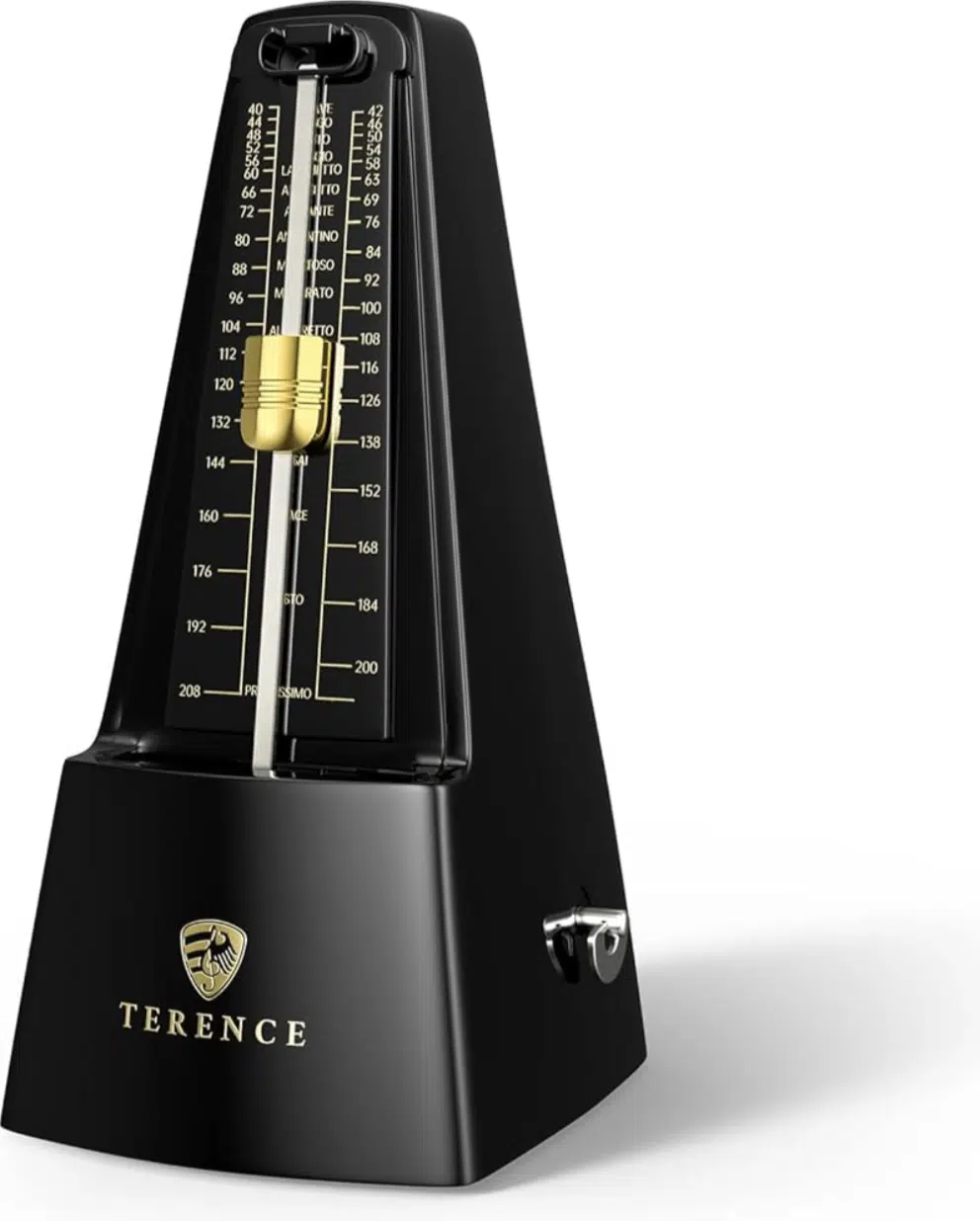
A metronome is a tool that helps you with keeping a consistent tempo.
It provides a steady click sound (like a clock ticking) at a specified BPM, which will help you stay on beat every time.
Traditional mechanical metronomes and modern digital versions are both effective.
Setting the metronome to the desired BPM allows for precise beat-making and recording 一 ensuring the tempo remains consistent throughout your song.
Using a metronome marking during practice helps internalize the tempo, making it easier to maintain during performance…
For example, practicing a songs BPM at 120 with a metronome helps develop a strong sense of timing and rhythm.
NOTE: Many digital metronomes also offer advanced features like tempo adjustments and different time signatures.
It’s super flexible and convenient, so you can play around for different moods.
-
Digital Tools and Software
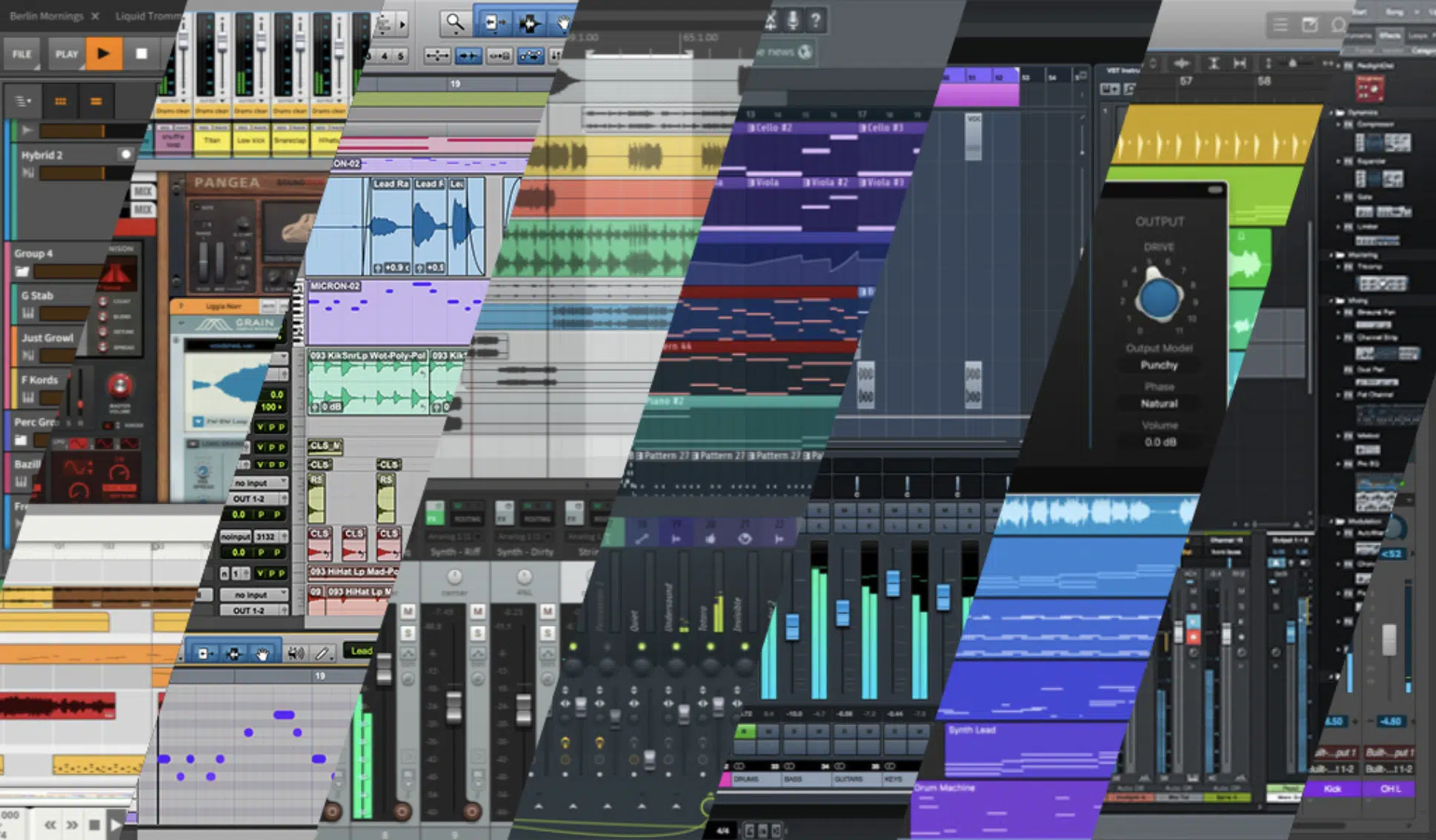
Digital tools and software have revolutionized how producers measure and adjust the BPM of a song.
Music production software like Ableton Live, FL Studio, and Logic Pro X offer built-in metronomes and BPM (beats per minute) calculators for precise tempo control.
For instance, Ableton Live’s Warp feature helps with various tempo adjustments and syncing, so all the elements of a track align perfectly at any desired BPM.
With them, it’s super easy to set and adjust the BPM so you can experiment with different tempos and find the perfect speed for your track.
They also provide functionalities like:
This is, as you probably know, essential for remixing and producing various genres.
Digital software also allows for syncing BPM across multiple tracks.
For example, in electronic dance music, syncing all elements to a common BPM of 128 will make sure everything is tight, official, and danceable.
The ability to automate tempo changes within a track adds further creative possibilities.
For example, in FL Studio, the BPM automation feature lets you create gradual tempo shifts to enhance your track’s emotional impact.
The integration of these digital tools in music production has made it easier than ever to manage and manipulate the BPM of a song.
Pro Tip: Adjusting BPM for remixing involves matching the original track’s BPM with the remix elements, maintaining the rhythmic integrity of a piece of music. For example, when remixing a track originally at 100 BPM, adjusting all new elements to this tempo in music will make sure everything is fluid.
What is a Time Signature?
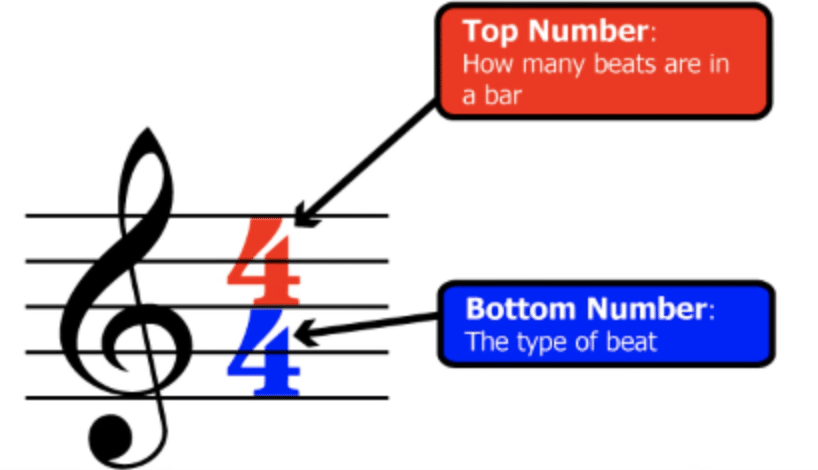
A time signature is a musical notation that indicates the number of beats in a measure and the note value that represents one beat.
Common time signatures each create a different rhythmic feel, like:
- 4/4
- 3/4
- 6/8
For instance, a 4/4 time signature, also known as common time, has four beats per measure 一 with each beat being a quarter note (not an eighth note).
This time signature is prevalent in popular music genres like rock and pop due to its straightforward and steady rhythm.
On the flip side, a 3/4 time signature has three beats per measure, with each beat being a quarter note.
This gives it a distinctively flowing and circular feel.
Understanding time signatures is super important when it comes to interpreting and performing your music like a professional.
For example, in a 6/8 time signature, each measure contains six eighth notes.
This is super common in genres like folk songs and classical music to create a lilting, dance-like rhythm.
NOTE: Remember, in digital audio workstations (DAWs), you can set the time signature to match the song’s structure so all rhythmic elements align correctly.
With it, you’ll be able to create complex rhythms and syncopations for added depth.
Common BPM Ranges To Remember (Summing it Up)
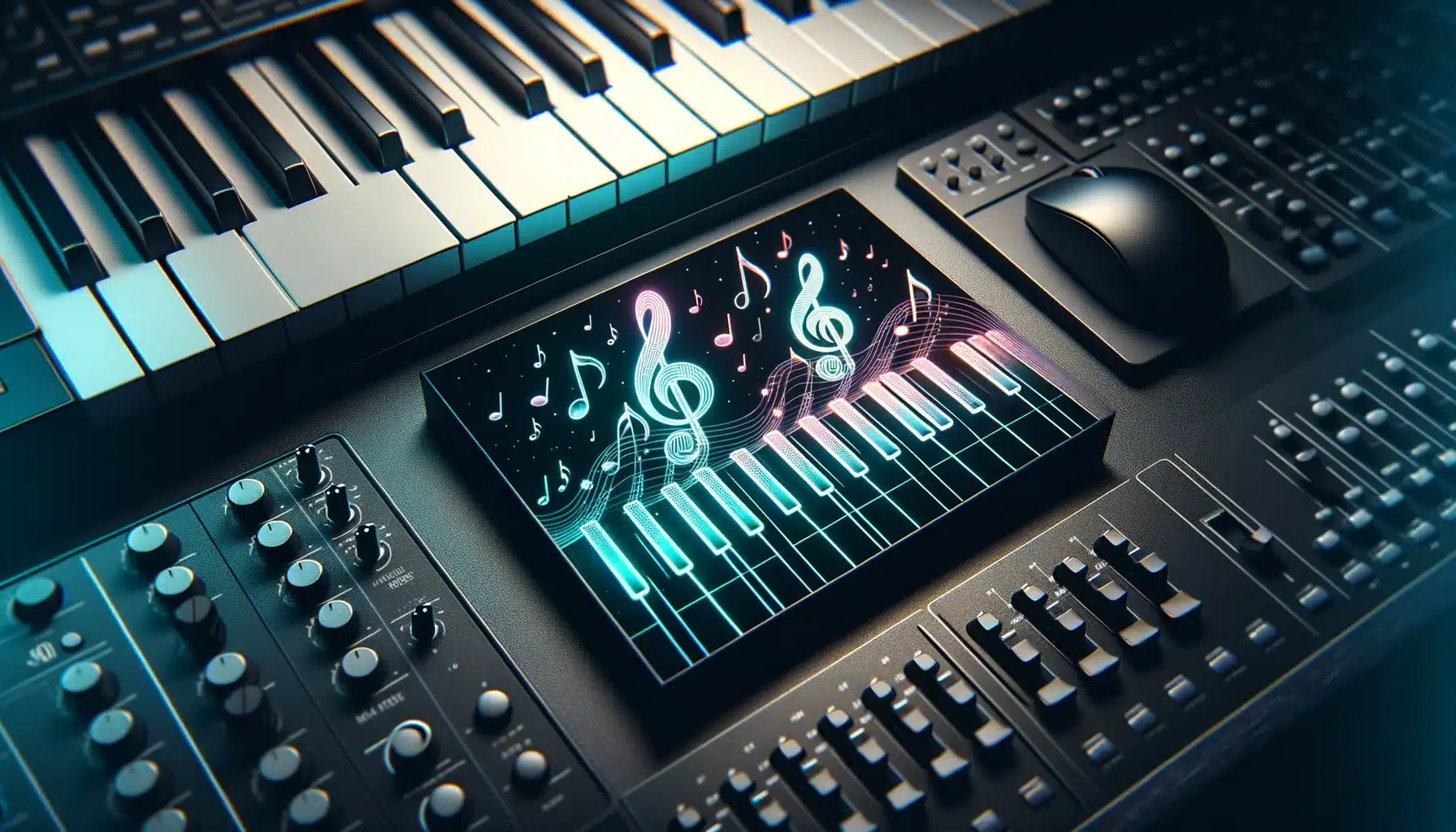
Different BPM ranges create distinct effects and moods in music.
Slow tempos below 60 BPM (beats per minute) often creates a sense of calm and introspection, making them ideal for ballads and ambient music.
Moderate tempos between 60-90 BPM are great for creating a relaxed yet rhythmic feel, commonly found in hip-hop and R&B.
Faster tempos above 120 BPM are typically associated with energetic, show-stopping music, like electronic dance music and even punk rock.
For example, a BPM of 128 is standard for many EDM (electronic dance music) tracks because it creates a driving and infectious rhythm that’s perfect for dance floors.
Understanding these common BPM/tempo ranges helps you choose the right tempo to match the desired mood and energy of your music.
-
Pro Tip: Easily Finding a Song’s BPM/Song’s Tempo
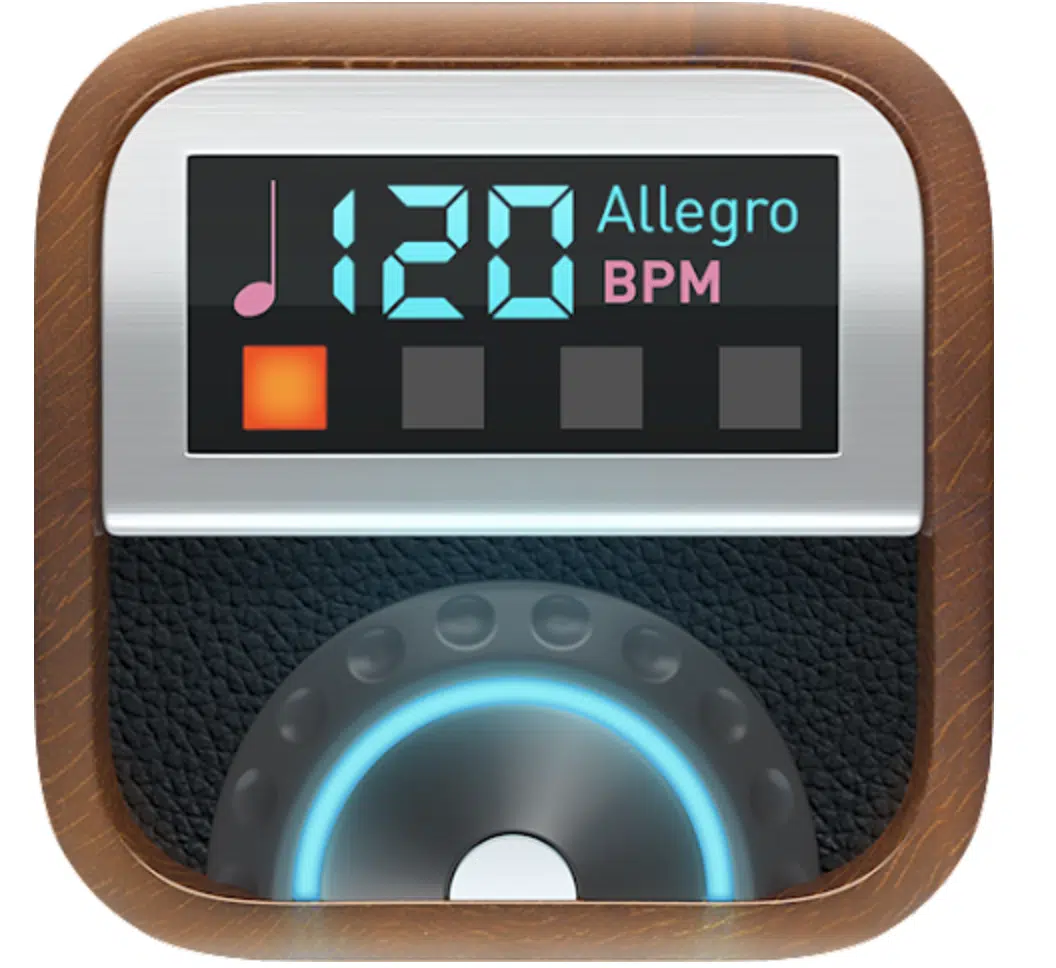
Finding a song’s BPM/song’s tempo is key for:
- Creation
- Remixing
- DJing
- Learning to play a piece of music
One of the easiest methods is using a digital BPM counter, which you can find in most DAWs like Ableton Live or Logic Pro X.
Simply import the track, and the software will analyze and display the song’s BPM.
Alternatively, you can use online BPM (beats per minute) tools or production apps where you tap along with the beat to get an accurate BPM reading.
For those who prefer a manual approach to finding a song’s BPM/song’s tempo over tapping, listen to the song and count the number of beats in 15 seconds…
Then, multiply by four to get the correct BPM.
This method provides a hands-on understanding of the song’s tempo and can improve your rhythmic skills in a major way, helping you understand just what is BPM in music.
What is BPM in Music: Final Thoughts
Understanding what is BPM in music is super important for any producer.
It will help you maintain the right tempo, enhance your song’s energy, and ensure that your tracks are always cohesive.
Plus, it gives you the ability to experiment with different tempos in creative ways and refine your music production skills.
Also, knowing how to measure and adjust BPM will let you remix songs and produce super dynamic tracks.
To take your music production to the next level, check out these Free Project Files.
These 3 invaluable files are available in Ableton, FL Studio, and Logic, and give you an exclusive look at how professional songs are made, from start to finish.
And they’re all created by top producers and sound designers in the game.
By studying these files, you can see how BPM is applied in real-world projects and gain invaluable insights into advanced production techniques.
So, keep learning, growing, and evolving (and playing around with the BPM of your song) to skyrocket your music career and get your music the attention it deserves.
Until next time…







Leave a Reply
You must belogged in to post a comment.